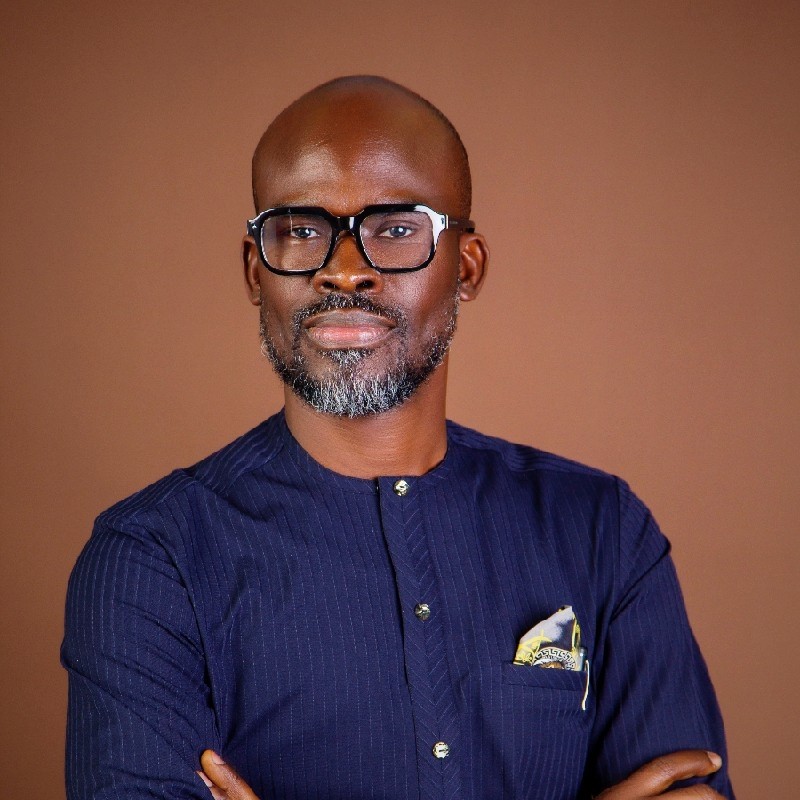By Zion Rufus
Out-of-home (OOH) advertising in Nigeria is experiencing a surge in interest, particularly in digital billboards and transit ads, as brands seek to bridge online engagement with real-world visibility.
This renewed momentum is driven by the increasing need for omnichannel strategies that integrate digital touchpoints with high-impact physical presence. While digital advertising continues to dominate global media spend, OOH remains a powerful and trusted medium, offering an alternative that is both resilient and less susceptible to the regulatory upheavals affecting digital platforms…
As Nigeria’s media ecosystem braces for another transformative year, out-of-home (OOH) advertising is emerging as a resilient and adaptive force. The sector continues to hold its ground amid the rise of digital platforms, regulatory shifts, and urbanization challenges. Despite the allure of digital media, OOH remains a crucial component of the marketing mix, offering a tangible, high-impact medium that withstands market fluctuations and regulatory uncertainties.
To gain deeper insights into what 2025 holds for Nigeria’s OOH industry, we spoke with Wale Adegoke, CEO of Nimbus Media, who provided a comprehensive perspective on the sector’s evolving trajectory.
“In an era of advertising uncertainty, OOH remains a bedrock of reliability,” Adegoke begins. “And that, perhaps, is its greatest strength that is moving us forward.”
Digital Growth vs. Regulatory Realities
The digital advertising boom has been widely celebrated for its precision targeting and measurable outcomes, but recent global developments highlight a critical vulnerability: regulatory unpredictability. The Nimbus Media CEO points to the United States’ ban on TikTok as a cautionary tale.
“In Nigeria, we see a similar tension,” Adegoke explains. “Digital advertising platforms command a significant share of the market, yet they operate in a relatively lax regulatory environment compared to traditional advertising channels. This disparity presents a risk for brands overly reliant on digital channels.”
Unlike digital, OOH is firmly embedded within Nigeria’s regulatory framework, providing advertisers with a degree of stability that is increasingly rare in the digital age. With the Advertising Regulatory Council of Nigeria (ARCON) maintaining stringent oversight, traditional media platforms—including OOH—offer a level of compliance that brands find reassuring.
Urbanization, Clutter, and the Shift to Premium Spaces
Lagos, Nigeria’s commercial nerve center, exemplifies the growing challenges of OOH advertising. With every available inch of prime advertising space being contested, brands are shifting strategies to avoid the clutter. Adegoke highlights the pivot towards high-dwell-time, controlled environments.
“Advertisers are becoming more strategic about OOH placements. Instead of competing for roadside billboards, brands are moving towards premium indoor spaces where engagement is more focused and impactful,” he notes. These environments include:
- Gymnasiums – Capturing high-income earners in an environment of concentration.
- Supermarkets & Shopping Malls – Reaching consumers at critical decision-making moments.
- Cinemas – Leveraging captive audiences before film screenings.
- Airports – Engaging a mix of business travelers, tourists, and high-net-worth individuals.
This shift reflects a broader trend of advertisers seeking quality over quantity, prioritizing targeted reach over sheer exposure.
The Data Deficit: OOH’s Biggest Challenge and Opportunity
One of the most significant barriers to OOH’s growth in Nigeria is the industry’s limited access to granular audience data. Unlike digital platforms, which thrive on rich analytics, OOH has traditionally been a black box for advertisers seeking measurable ROI. However, new technologies are beginning to change that narrative.
“Google Maps integration, advanced audience tracking, and AI-driven analytics are enhancing our ability to collect data and measure campaign effectiveness,” says Adegoke. “But the challenge remains—without robust data, it’s difficult to justify larger OOH budgets in a market where brands are demanding proof of impact.”
This data gap presents both a challenge and an opportunity. Companies that can bridge this gap through technology-driven insights stand to gain a competitive edge in the market.
Industry Consolidation and Programmatic OOH: What’s Next
Another key trend shaping Nigeria’s OOH sector is industry consolidation. Adegoke notes that agencies and OOH firms are increasingly merging or forming strategic partnerships to offer more integrated solutions.
“This is about efficiency,” he explains. “Clients want a seamless advertising experience across multiple touchpoints—OOH, digital, radio, TV. The more integrated we are, the better we can serve their needs.”
Additionally, programmatic advertising is making headway in the Nigerian OOH space. While still in its early stages, the ability to buy and manage OOH ads in real-time, based on data-driven insights, is an innovation with transformative potential.
“The future of OOH lies in its ability to blend digital capabilities with the strengths of traditional media,” Adegoke emphasizes. “Programmatic buying will eventually become the standard, allowing brands to target audiences with greater precision while retaining the reliability of physical advertising.”
Stability in an Uncertain Advertising Landscape
As 2025 unfolds, the Nigerian OOH industry finds itself at a pivotal moment. While digital advertising will continue to evolve, regulatory uncertainties and changing consumer behaviors make it an unpredictable space. In contrast, OOH offers a stable, tangible, and increasingly data-driven alternative for brands seeking consistent engagement.
The road ahead will be shaped by how well the industry adapts to urbanization challenges, embraces premium advertising spaces, closes the data gap, and integrates with digital advancements. What remains clear, however, is that OOH is far from obsolete—instead, it is evolving to meet the future head-on.







Comment
No comments found.